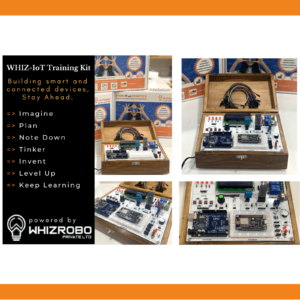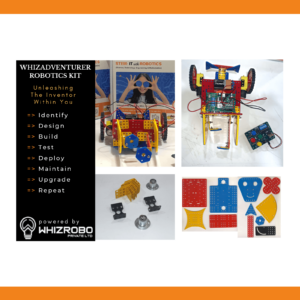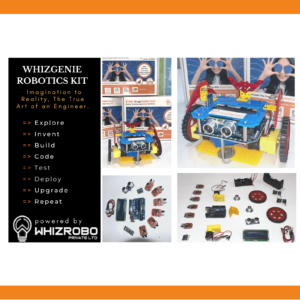Line follower robots are among the most popular and foundational types of autonomous robots. They follow a predefined path, usually represented by a line on the ground, using sensors to detect and stay on course. These robots are not only fun projects for hobbyists and students but also have practical applications in industries such as manufacturing and logistics.
What is a Line Follower Robot?
A line follower robot is an autonomous machine designed to follow a specific path marked on the floor. This path is typically a high-contrast line, such as black tape on a white surface or white tape on a black surface. The robot uses sensors to detect the line and motors to adjust its movement, ensuring it stays on track.
Components of a Line Follower Robot
1. Microcontroller: Acts as the brain of the robot, processing sensor data and controlling the motors.
2. Sensors: Typically infrared (IR) sensors or light-dependent resistors (LDRs) are used to detect the line. These sensors differentiate between the line and the background surface based on light reflection or absorption.
3. Motors and Motor Drivers: These components drive the wheels of the robot, allowing it to move forward, backward, or turn as needed to follow the line.
4. Chassis: The physical structure that holds all the components together. It can be a simple platform with wheels or a more complex design for specific applications.
5. Power Supply: Provides the necessary power to all electronic components. It can be batteries or an external power source.
How Does a Line Follower Robot Work?
The basic operation of a line follower robot involves continuously scanning the surface beneath it using sensors. Here’s a simplified breakdown of the process:
1. Sensor Detection: The sensors detect the contrast between the line and the surface. When the sensors are over the line, they send a specific signal to the microcontroller.
2. Signal Processing: The microcontroller processes the signals from the sensors and determines the position of the line relative to the robot.
3. Motor Control: Based on the processed data, the microcontroller sends commands to the motors to adjust the robot’s direction and speed, ensuring it stays on the line.
For instance, if the line is detected more on the left side, the robot might turn left to realign itself with the line.
Challenges in Building a Line Follower Robot
1. Sensor Accuracy: Ensuring that the sensors accurately detect the line, especially in varying lighting conditions or with different line and surface colors.
2. Speed and Stability: Balancing the speed of the robot with its ability to stay on the line. Faster speeds can make it harder for the robot to make precise adjustments.
3. Curve and Intersection Handling: Designing the robot to effectively handle curves and intersections in the path, which requires more sophisticated algorithms and sensor configurations.
4. Surface Variations: Adapting the robot to work on different surface types and textures, which can affect sensor readings.
Innovations in Line Follower Robots
1. Advanced Sensors: Modern line follower robots use more advanced sensors, such as color sensors or cameras, to improve line detection accuracy and allow for more complex path-following tasks.
2. AI and Machine Learning: Some line follower robots incorporate AI and machine learning algorithms to enhance their ability to navigate complex paths, learn from their environment, and adapt to changes.
3. Integration with IoT: Internet of Things (IoT) integration allows line follower robots to communicate with other devices and systems, enabling more sophisticated automation and coordination in industrial applications.
4. Swarm Robotics: Multiple line follower robots can work together as a swarm, communicating and coordinating with each other to complete tasks more efficiently and effectively.
Applications of Line Follower Robots
1. Educational Tools: Line follower robots are commonly used in educational settings to teach students about robotics, programming, and electronics.
2. Industrial Automation: These robots can be used in factories and warehouses to transport materials along predefined paths, improving efficiency and reducing human labor.
3. Competition Platforms: Many robotics competitions include line follower challenges, encouraging participants to innovate and improve their designs.
Conclusion
Line follower robots are an excellent starting point for anyone interested in robotics. They provide a practical way to learn about sensors, microcontrollers, and motor control while also offering numerous opportunities for innovation and application in real-world scenarios. Whether you’re a student, a hobbyist, or a professional, building and experimenting with line follower robots can be a rewarding and educational experience.



